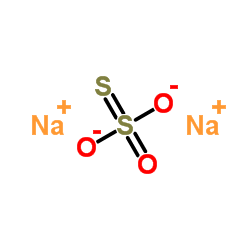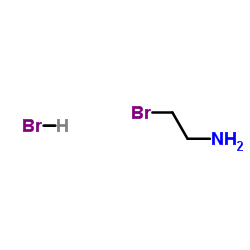Protective humoral immune response induced by an inactivated porcine reproductive and respiratory syndrome virus expressing the hypo-glycosylated glycoprotein 5.
Jung-Ah Lee, Byungjoon Kwon, Fernando A Osorio, Asit K Pattnaik, Nak-Hyung Lee, Sang-Won Lee, Seung-Yong Park, Chang-Seon Song, In-Soo Choi, Joong-Bok Lee
Index: Vaccine 32(29) , 3617-22, (2014)
Full Text: HTML
Abstract
Porcine reproductive and respiratory syndrome (PRRS) causes significant economic losses to the swine industry worldwide. Although inactivated and live vaccines are commercially available for the control of PRRS, both types of vaccine have not always proven successful in terms of generating a protective immune response, particularly in the case of inactivated vaccines. In this study, we tested whether an inactivated vaccine could induce a humoral immune response to PRRS during a homologous challenge. Amino acid substitutions were introduced into glycoprotein (GP) 5 of the FL12 strain of the PRRS virus (PRRSV) using site-directed mutagenesis with a pFL12 infectious clone. The substitutions led to double deglycosylation in the putative glycosylation moieties on GP5. The mutant virus was subsequently inactivated with binary ethylenimine. The efficacy of the inactivated mutant virus was compared with that of the inactivated wild-type PRRSV. Only the inactivated mutant PRRSV induced serum neutralizing antibodies at six weeks post-vaccination. The group that was administered the inactivated mutant virus twice exhibited a significantly increased neutralizing antibody titer after a challenge with the virulent homologous strain and exhibited more rapid clearing of viremia compared to other groups, including the groups that were administered either the inactivated mutant or wild-type virus only once and the group that was administered the inactivated wild-type virus twice. Histopathological examination of lung tissue sections revealed that the group that was administered the inactivated mutant virus twice exhibited significantly thinner alveolar septa, whereas the thickness of the alveolar septa of the other groups were markedly increased due to lymphocyte infiltration. These results indicated that the deglycosylation of GP5 enhanced the immunogenicity of the inactivated mutant PRRSV and that twice administrations of the inactivated mutant virus conferred better protection against the homologous challenge. These findings suggest that the inactivated PRRSV that expresses a hypo-glycosylated GP5 is a potential inactivated vaccine candidate and a valuable tool for controlling PRRS for the swine industry.Copyright © 2014 Elsevier Ltd. All rights reserved.
Related Compounds
| Structure | Name/CAS No. | Molecular Formula | Articles |
|---|---|---|---|
 |
Sodium thiosulfate
CAS:7772-98-7 |
Na2O3S2 | |
 |
2-Bromoethylamine hydrobromide
CAS:2576-47-8 |
C2H7Br2N |
|
Evaluation of a modified Cefsulodin-Irgasan-Novobiocin agar ...
2014-01-01 [PLoS ONE 9(8) , e106329, (2014)] |
|
Biocompatible, biodegradable and porous liquid crystal elast...
2015-02-01 [Macromol. Biosci. 15(2) , 200-14, (2015)] |
|
Screening of cannabinoids in industrial-grade hemp using two...
2015-06-01 [J. Sep. Sci. 38 , 2024-32, (2015)] |
|
Effectiveness of levulinic acid and sodium dodecyl sulfate e...
2015-08-17 [Int. J. Food Microbiol. 207 , 71-6, (2015)] |
|
Nutritional values and bioactive components of under-utilise...
2015-10-01 [J. Sci. Food Agric. 95 , 2704-11, (2015)] |